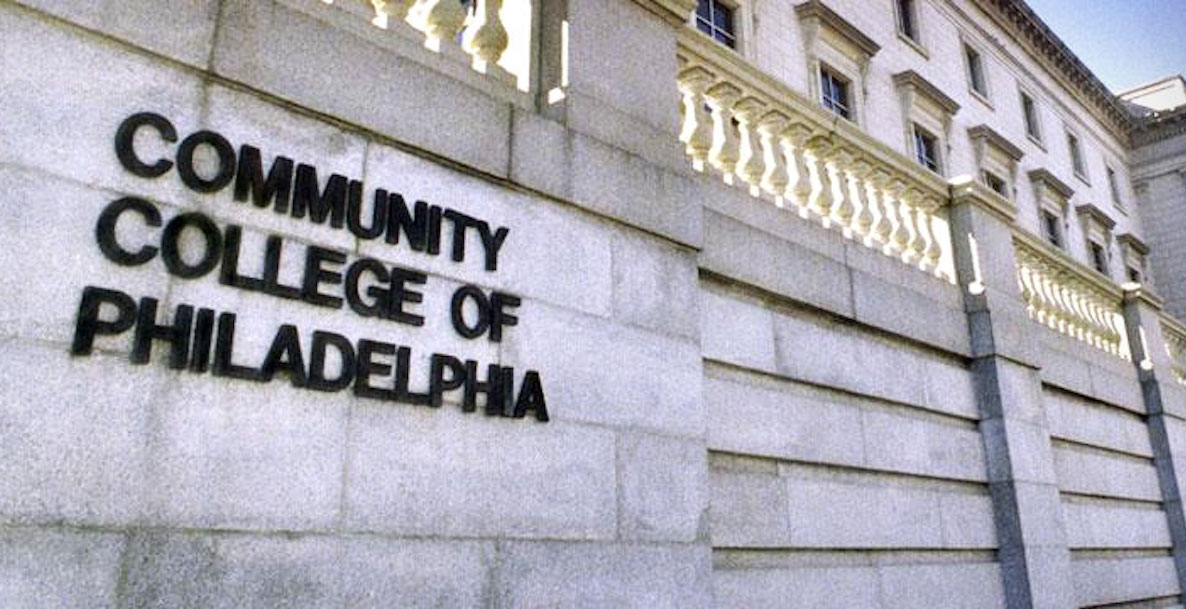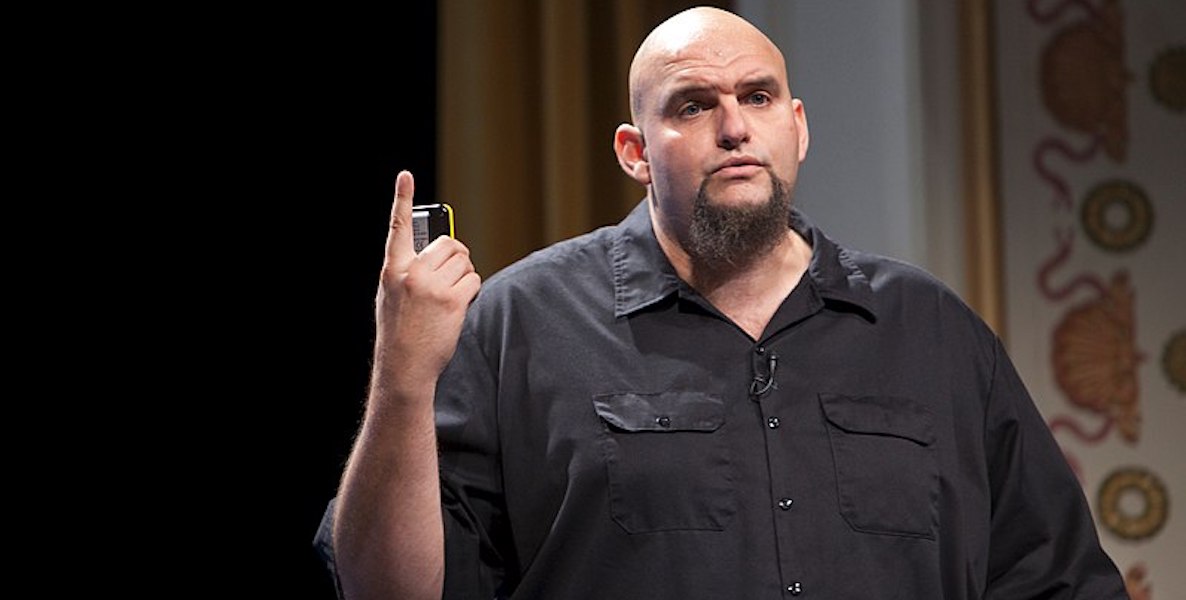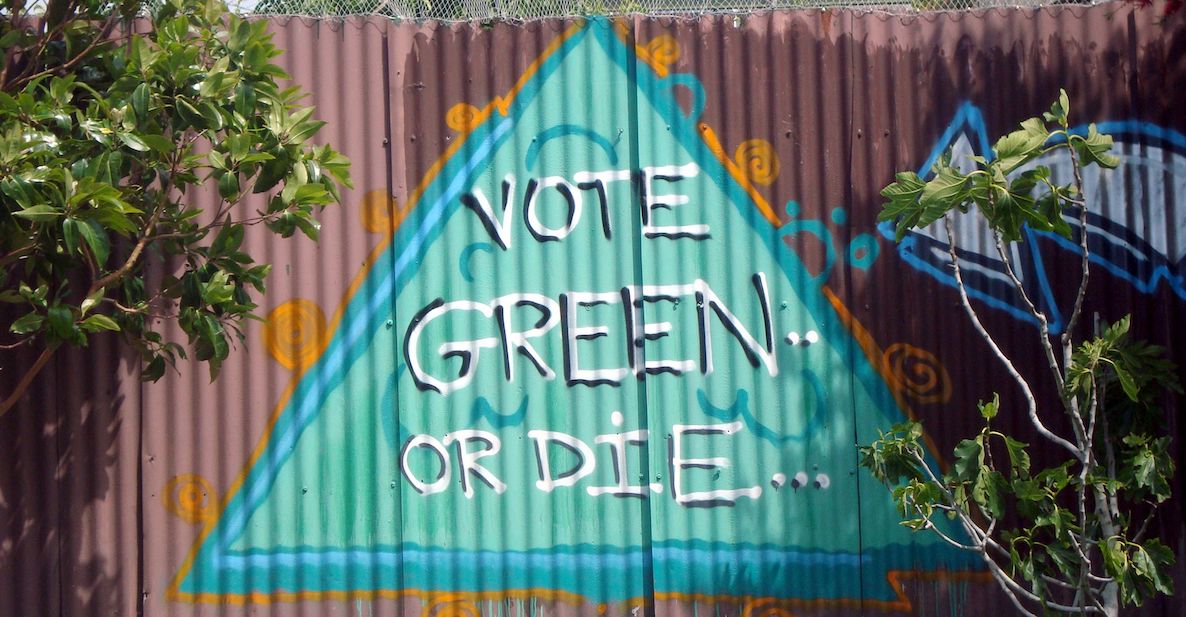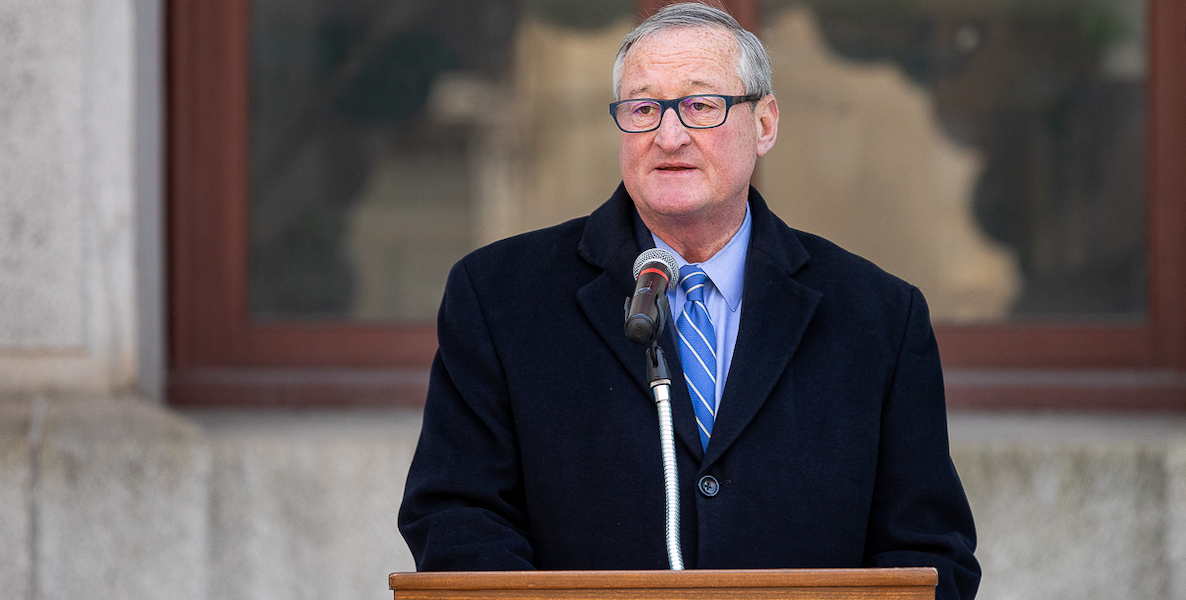The May 21 Mayoral primary has seemed like a slam dunk for Mayor Kenney. But thanks to a new City Controller report, and to the Mayor’s recent gaffe before a room full of Black business owners and aspiring entrepreneurs, we’re starting to see some heat in the campaign. And like most, if not all, political cycles these days, it’s boiling down to race.

City Controller Rebecca Rhynhart’s FY18 Exempt Employee Diversity Review exposed some startling stats about Mayor Kenney’s hiring in his first term. In departments under the Mayor’s authority, white exempt employees are well overrepresented relative to the overall population of the city: 48.2 percent of the workforce is white—despite the population being 34.9 percent white and 65.1 percent non-white, according to 2017 census data. While on WURD’s Reality Check last week, the Controller pointed out that “it’s even worse for exempt employees making over $90,000.” Less than 31 percent of those high-paying senior positions are filled with black employees versus more than 58 percent that are white.
Kenney admits this flaw in his hiring practices, but explained it to a gathering of the African American Chamber of Commerce as “hav[ing] a hard time hiring Black people for [exempt City government positions] jobs because they’re so super-talented and too overqualified that they choose to run after the private sector instead. They don’t want to take the pay cut.”
It is easy to casually brush aside the ensuing firestorm as the gossipy salivations of city politicos and columnists engaged in “insiders talk.” And Philly does have more pressing issues to counsel itself on, from a gun violence crisis that Temple University research now describes as everyday “mass shootings” to the vast majority of its public school students still languishing five days a week in environmentally unfit buildings and classrooms.
![]()
But let’s not discount the importance of what the Mayor said, either. The first problem with the “too overqualified” statement is that it’s known as a frequent excuse used by hiring managers who, well, don’t want to hire you. The second, bigger, problem is that black professionals (including the one writing this piece) are more often exposed to that phrase than their white counterparts … due to hiring discrimination that has not declined—one reason this black professional and others like him end up just starting their own businesses, if they can. Even Rhynhart, when asked how she felt about the Mayor’s recent statement on hiring practices in his office said, “I cringed.”
Philadelphia is still home to the largest Black population share of any large U.S. city—nearly half of its residents are black. And every problem, small to large, that the city wrestles with ends up disproportionately and negatively impacting that same black population. Those population dimensions then make this mayoral race, and every other citywide race for that matter, very much a “black thing” borrowing from an overused cultural cliché. Which then raises an interesting question: Does Mayor Kenney really like black people?
There’s a difference between polite gestures of cultural comity and tangible policy moves that actually change the material condition of Black Philadelphia. On that count, it’s difficult to say Kenney’s done that much.
Let’s try to clarify that statement a bit since much of Philly, the mayor himself not excluded, will more than likely either snort or go apoplectic at it. This is not to say, at all, that Kenney hates black people. Over the years he’s checked off boxes of racial niceties, along with the polite things urban politicians must do to court black voters, from putting up Kwanzaa lights on boat houses to erecting the Octavius Catto statue. And, of course, that voting bloc appreciates it.
But there’s a difference between polite gestures of cultural comity and tangible policy moves that actually change the material condition of Black Philadelphia. On that count, it’s difficult to say he’s done that much or if he’s sincerely pushed the needle towards changing major socio-economic indicators for the city’s black and struggling residents. Statues, holiday lights and hitting the right notes in speeches, while nice, don’t cut it. We’re not looking for good conversation or feel-good moments at the bar where we lock all the tensions and centuries of grievance away. We’re looking for real breakthroughs out of these persistently bad circumstances—and, yet, it seems like the barriers to such breakthroughs continue to pile up.
This is what former Mayor John Street alluded to last week when he endorsed Kenney challenger State Rep. Anthony Williams in the primary, noting the state of city schools, streets, crime and poverty.
![]()
If you want to lead in a city like Philadelphia, you’ll have to acquire, activate and really show some mobilized affection for its Black residents. That affection has no choice but to translate into real material change. Yet, as the Pew Trust’s Philadelphia Research Initiative shows in its always highly anticipated State of the City Report, the 26 percent poverty rate hasn’t budged. “The poverty rate in Philadelphia has stayed virtually the same, at 26 percent, for five years at a time when the poverty rate nationally is declining and while the city is adding jobs,” said Larry Eichel, the Initiative’s director, on WURD’s Reality Check this week, sounding genuinely perplexed. “Median income also went down last year, which is hard to explain.” Meanwhile, just 2.5 percent of businesses are owned by African Americans.
Kenney is not to blame for this; it predates him. But, the fact that certain indicators either haven’t changed much or have gotten worse reflects something in his administration not quite catching for black people in the city, despite the optics. And it doesn’t help that he has few senior people in his office who look like those most affected—which isn’t just about skin color, either, because, truly, “not all skin folk are kinfolk,” as regular Reality Check contributor and political scientist Khalilah Brown-Dean often muses during her weekly segments. If you don’t have a multitude of people in your office and subordinate agencies who are from socio-economic backgrounds similar to those most impacted by stressful city conditions, you don’t have people in place who are intimately familiar enough with the issues to help rectify them.
It’s essential to push for more populational alignment and representation. Doing so is a direct reflection of how you craft policy and what you’re prioritizing. So, for example: are you prioritizing distressed residents or are you prioritizing wealthier residents just moving in to the city and the developers building for them? Glaring racial imbalances in your staff, especially on the senior decision-making level, suggests a lopsided focus on who and what gets priority. That’s just very old school Philly.
The population dimensions make this mayoral race, and every other citywide race for that matter, very much a “black thing.” Which then raises an interesting question: Does Mayor Kenney really like black people?
Seeing the data illuminates the issue. This is another reason why City Hall should show more leadership on forcing a clear, transparent picture of exactly what the city’s union situation looks like: how many black people, for real, are union in the city? How many, for real (hard numbers) are getting opportunities on union projects? We don’t have a full snapshot of that picture because everyone in union land from Johnny Doc on down has never bothered to engage in that exercise in any meaningful way other than as a talking point (and those could be guesstimates for all we know).
But this also presents deeper questions on exactly what the mayor is doing to dramatically change, for the better, the material condition of struggling black residents. Insanely high property assessments are exacerbating residential segregation in the city and improperly targeting more distressed, and mostly, black neighborhoods. An ongoing property tax abatement appears to favor developers over economically fatigued black homeowners, many of whom can barely maintain the day-to-day.
![]()
The lack of any known or coherent citywide violence response plan as homicides continue to skyrocket (Philly is about to hit 100 homicides in less than 6 months) is appalling, but telling, considering more than 80 percent of the victims are black men. And there is no effort to end the racially-imbalanced practice of stop-and-frisk, despite Mayor Kenney’s campaign promises.
There is a massive environmental toxicity crisis unfolding in Philadelphia public schools and the students are still heading into the same buildings almost daily—and there is no plan, to date, to fix all of that as immediately as possible. “Why is my school in a different condition than other schools?” asked one angry WURD listener. “Lead, asbestos, leaky ceilings, mold and who knows what else wouldn’t be tolerated in other counties.”
The soda tax draws most of its money from the city’s more economically vulnerable residents in the name of “Rebuild” and community revitalization—and, yet, according to the Controller, more than 71 percent of the nearly $150 million generated from it since inception sits in the city’s General Fund … which is not the Rebuild fund sold to everyone. Meanwhile, the mayor has put no pressure on the state-run Philadelphia Parking Authority to cut a check for money owed to schools that could go towards fixing the toxic buildings.
The lack of diversity on various city boards driven by mayoral appointment is also quite astonishing given the city’s makeup. When the Fair Housing Rights Center in Southeastern Pennsylvania Board President Anthony Lewis came on Reality Check WURD to discuss gentrification, he couldn’t help but point out the racial composition of the Philadelphia Redevelopment Authority: “How do you have, in a city like Philly, a major redevelopment authority where the Board of Directors is entirely white … no black persons. How does the Philadelphia City Council and its president allow that to happen?”
City Council President Darrell Clarke came on Reality Check the following week to push back a bit on the assertion that he could control that—but he did insinuate the mayor has a diversity and inclusion problem when it comes to appointing board members. “I can tell you that boards where the Mayor directly appoints people without our confirmation are much less diverse,” said the Council President matter-of-factly. “But, the boards where we, the Council, must confirm those appointments are much more diverse.” Clarke indicated that the PRA will, later this year, be moved under the Philadelphia Housing Development Corporation, a board the Council has confirmation authority over and a move that will correct that diversity problem.
Still, we can give some credit to Kenney: He’s doing better than District Attorney Larry Krasner and the rest of the city’s judicial branch. Krasner and his handlers continue to push him as pro-black cape crusader, yet it’s a different story in an office where nearly 72 percent of the employees are white; when making over $90,000 that figure goes up to 82 percent—pay gaps essentially on steroids in favor of whites who work in the DA’s office. Not sure how any complete overhaul of the criminal justice system in Philadelphia will work when your office is a flipped demographic coin of that arrangement.
City Hall really must come to grips with that, and the mayor—as leader of the city—must set the tone. It can’t be “we’re trying” or “we’re tracking the data” or “we’re 10 or 15 percentage points less than the population ratio.” It must be full parity and nothing less than that.
Charles D. Ellison is Executive Producer and Host of “Reality Check,” which airs Monday-Thursday, 4-7 p.m. on WURD Radio (96.1FM/900AM). Check out The Citizen’s weekly segment on his show every Tuesday at 6 p.m. Ellison is also Principal of B|E Strategy, catch him if you can @ellisonreport on Twitter.
Photo via Philadelphia City Council







